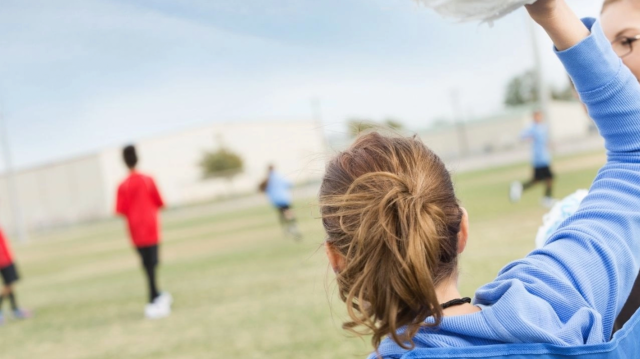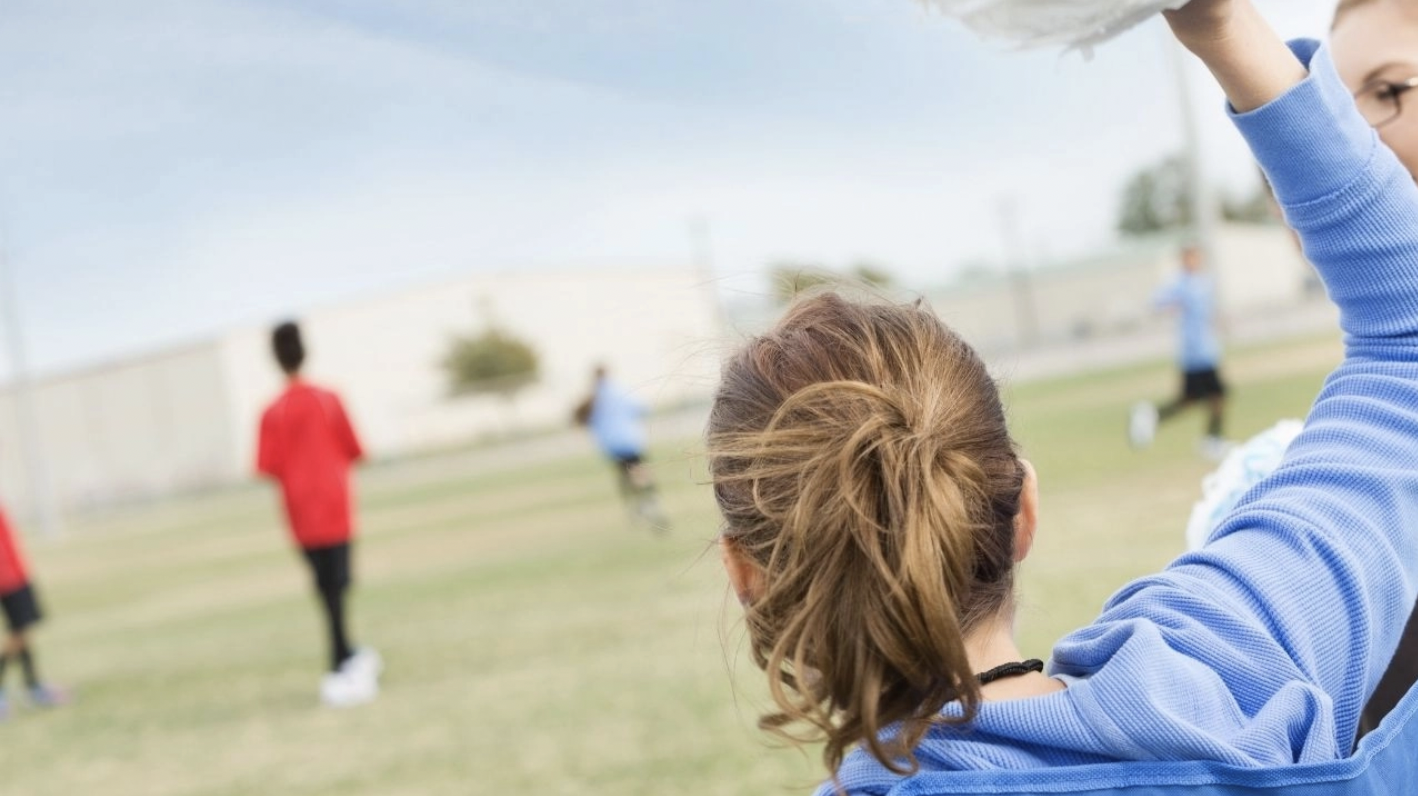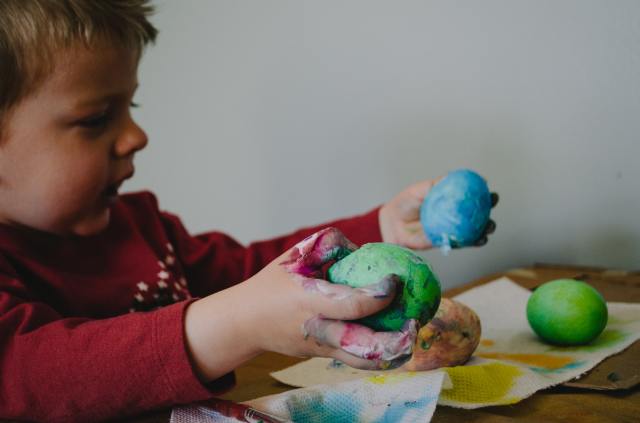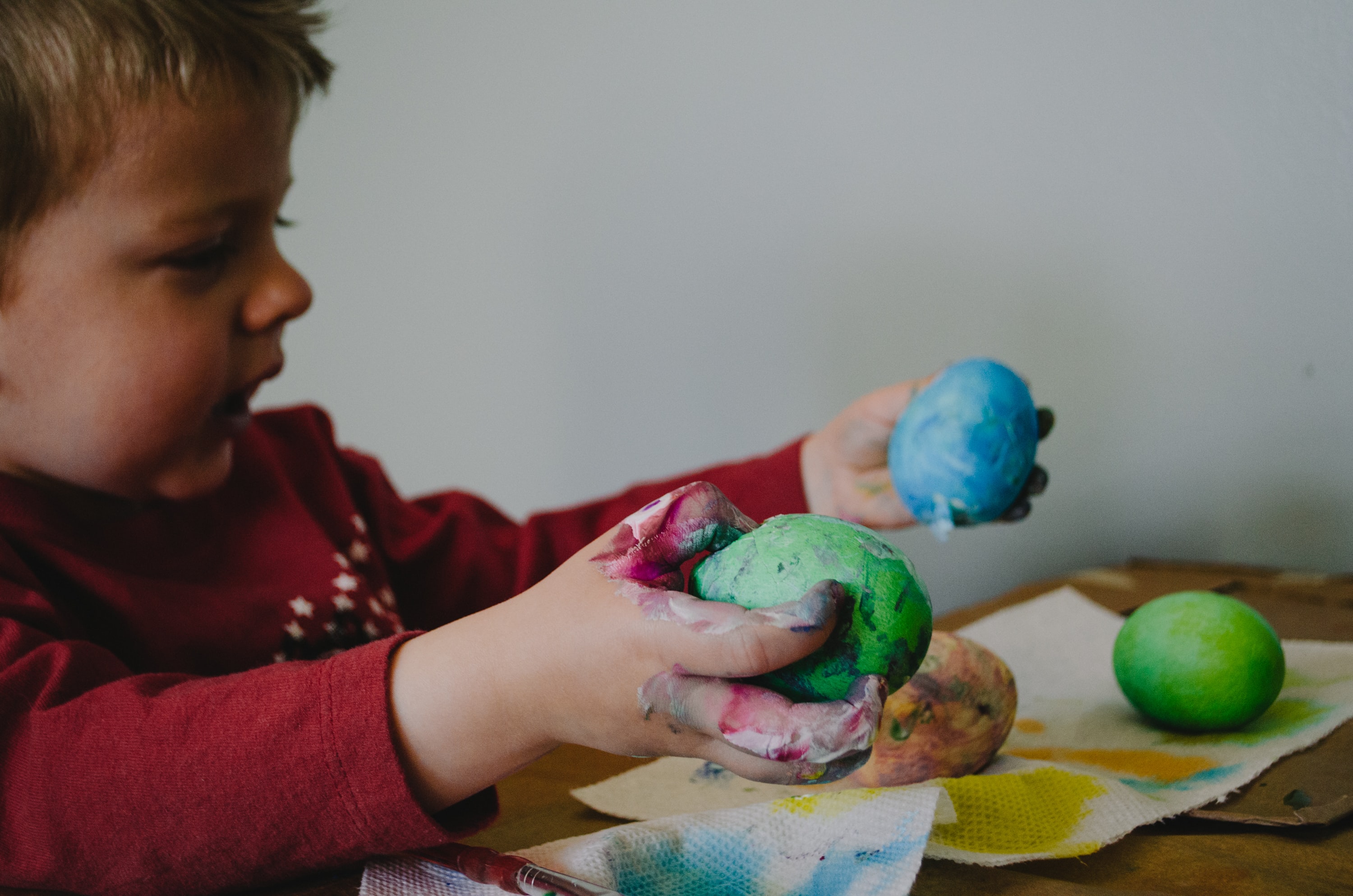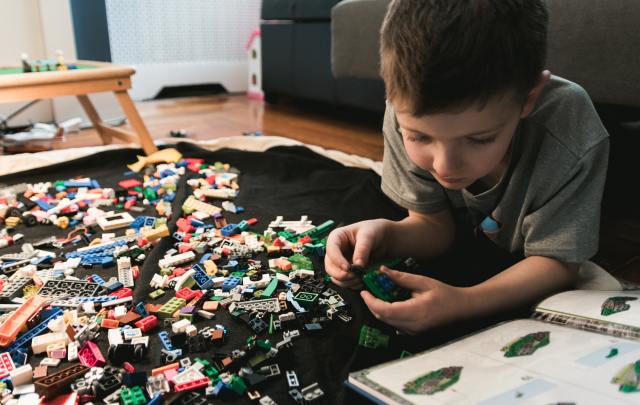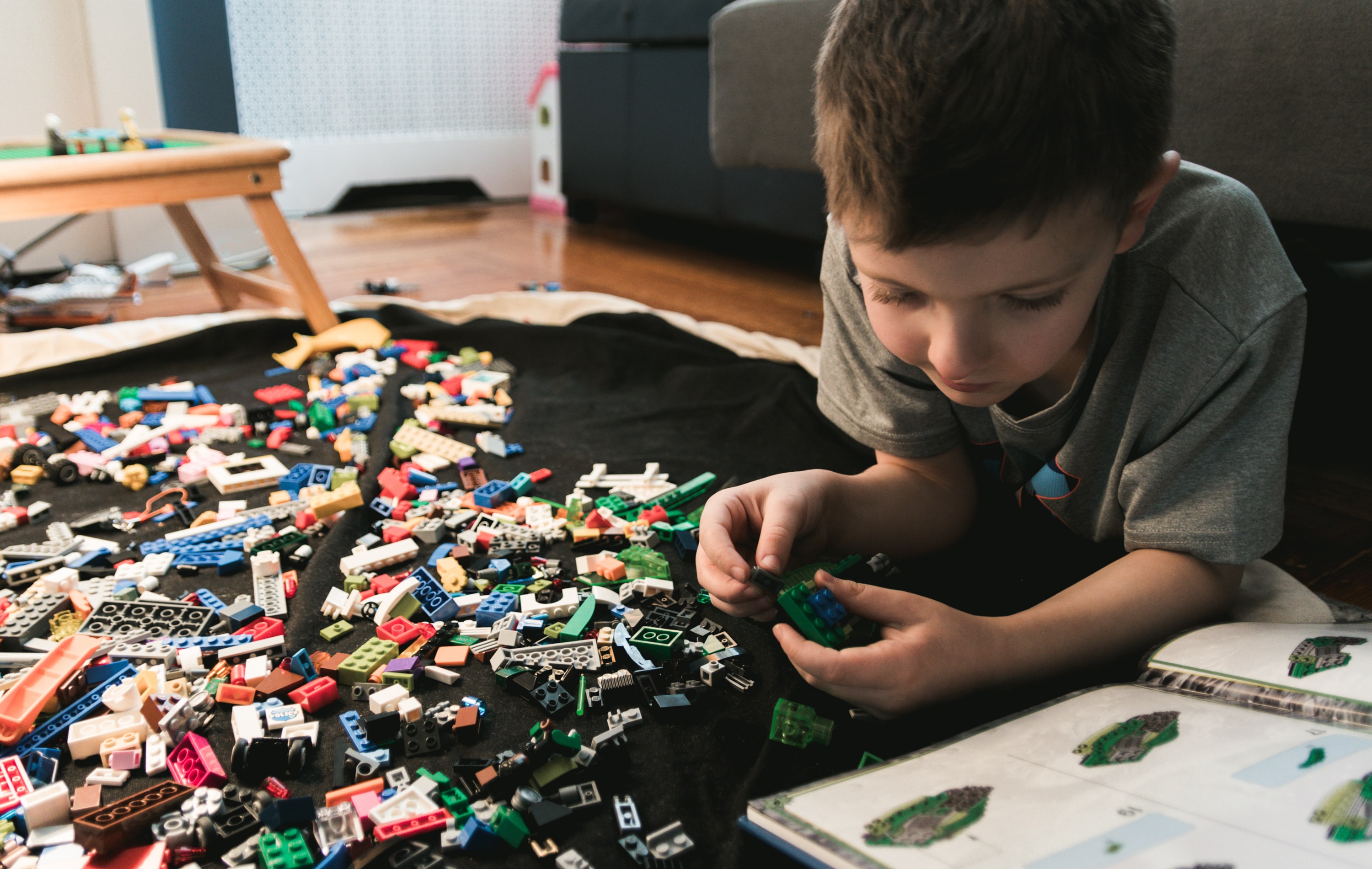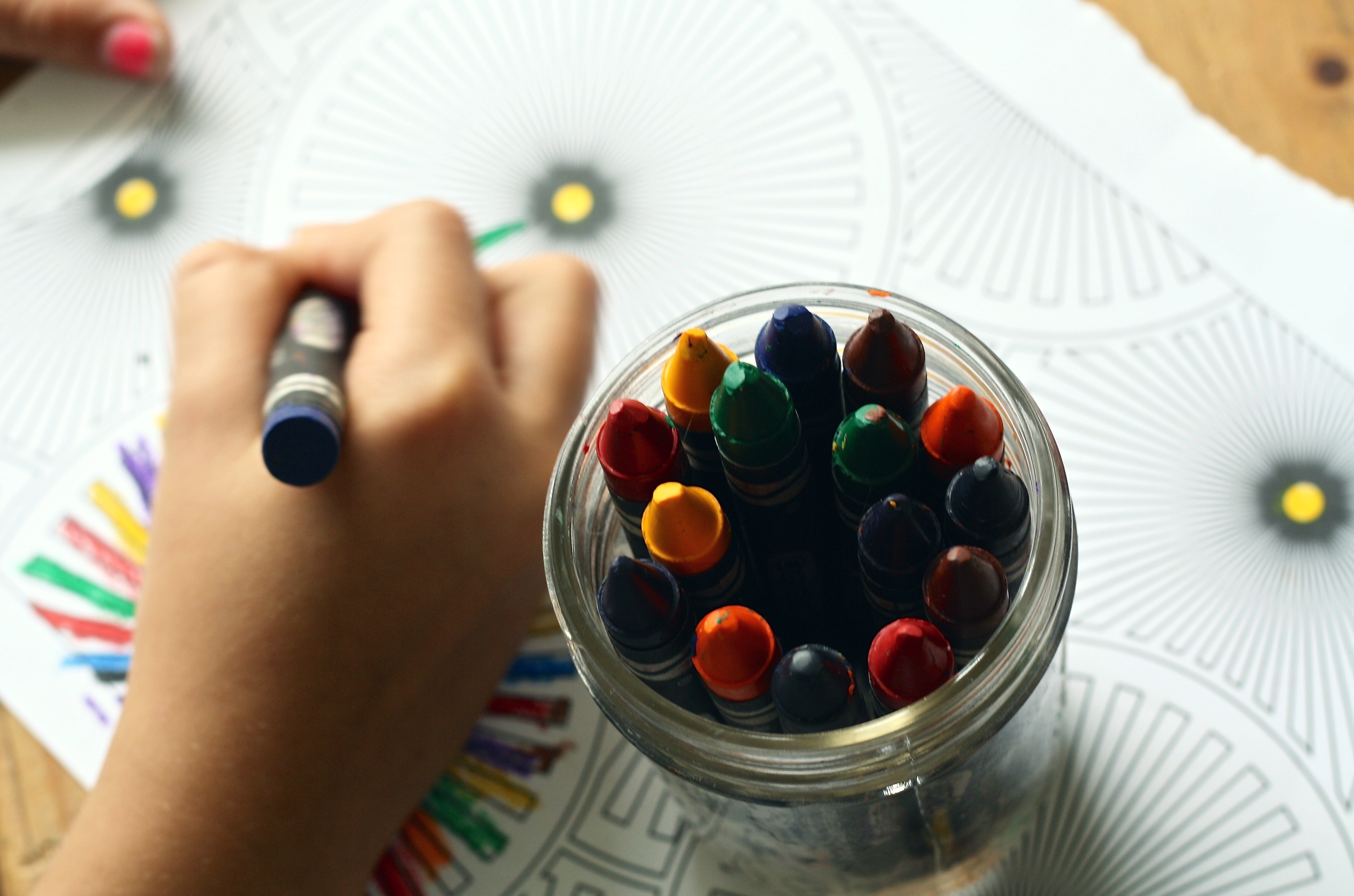Please stop judging me for leaving the office at exactly 5 p.m.; my kids are waiting to be picked up from the sitter.
I know I’m missing this meeting, but my kid’s preschool graduation is more important.
I know I was late today, but I can’t drop the baby off at daycare until 7:45 a.m.
I know that I seem distracted because I am distracted. I have a sick toddler and I am waiting to find out when I can get him into the pediatrician.
I don’t want to look exhausted when I show up at the office, but I have been awake since 4:30 a.m. with an inconsolable kid.
I know that my eyes look glazed over, but I spent the last twelve hours trying to soothe a baby to sleep.
I didn’t mean for my email to seem snippy, but I have a five-year-old that cried this morning because he didn’t want to go to school, and I am worried about him.
Yes, I just banged my head against my desk. I received a text message that my kid has pink eye and I have to leave to get him even though this report is almost due.
I know my eyes are very swollen right now. I spent last night crying because I am exhausted, never get to be alone and haven’t taken a hot shower in five years.
Sorry that I was short with you, but I spent the last hour arguing with a toddler over the necessity of wearing pants to the babysitter.
I know I am supposed to leave my personal life at the door when I come to the office, but when you are a mom to two small kids, that is hard to do.
So thank you to everyone that has given me grace over the last five years.
I could probably stand to give myself a little.
Being a full-time working mom with young kids is not easy.
Thank you to every boss that has let me leave for doctor’s appointments, unexpected sicknesses, preschool graduations, and school lunches.
Thank you to all the people that turned their heads when I was pregnant and had to run out of a meeting to go puke.
Thank you to everyone that has let me know they also had a hard time juggling their work/life/kid balance.
Thank you to the people that ignored my swollen eyes, exhausted face and the spit-up on my blouse.
Thank you to all the other moms that slay it each and every day and motivate me to keep going.
Thank you to the people that encourage me to keep going even though I can feel defeated at times.
Thank you to all the co-workers that have picked up slack for me because I had to make a quick exit to solve a kid emergency.
I know that I am not the only working mom in the world, but I am a working mom and I totally understand what you are going through.
I understand that you feel like you need to overcompensate because you get to work just on time and leave the minute the clock strikes five.
I understand when you eat your lunch at your desk because you have to leave early to get a kid from the sitter to the doctor then back to the sitter and then get yourself back to the office in time for your 2 p.m. meeting.
I understand that sometimes you show up to work looking like you were attacked by a flock of geese because the kids couldn’t find their shoes, you gave someone the wrong color bowl and then forgot to take Sleepy Bear to the babysitter.
I understand that you are tired. Exhausted probably.
But I also understand that you are capable and worthy of so much more than you realize sometimes.
You don’t have to choose between two worlds that you love. You can have them both. You can have a family and a career. It’s not easy, but it is possible.
Yes, the worlds might collide sometimes and make life much more complicated, but it’s worth it.
So don’t stop. Don’t give up. You’ve got this.
And P.S. Not everyone is going to understand. And that’s okay.
Until next time,
Jamie










